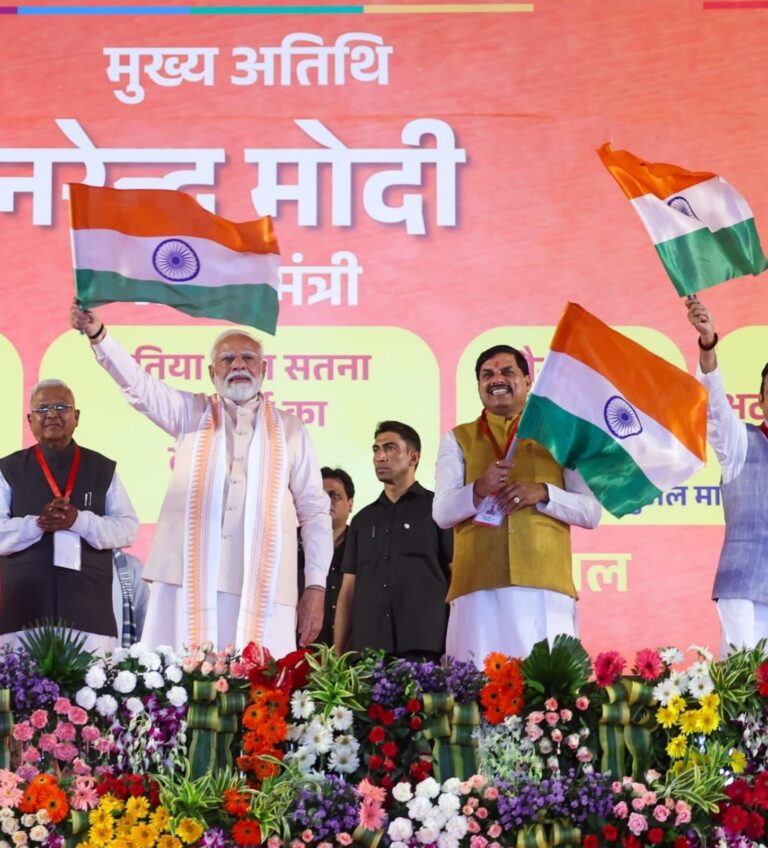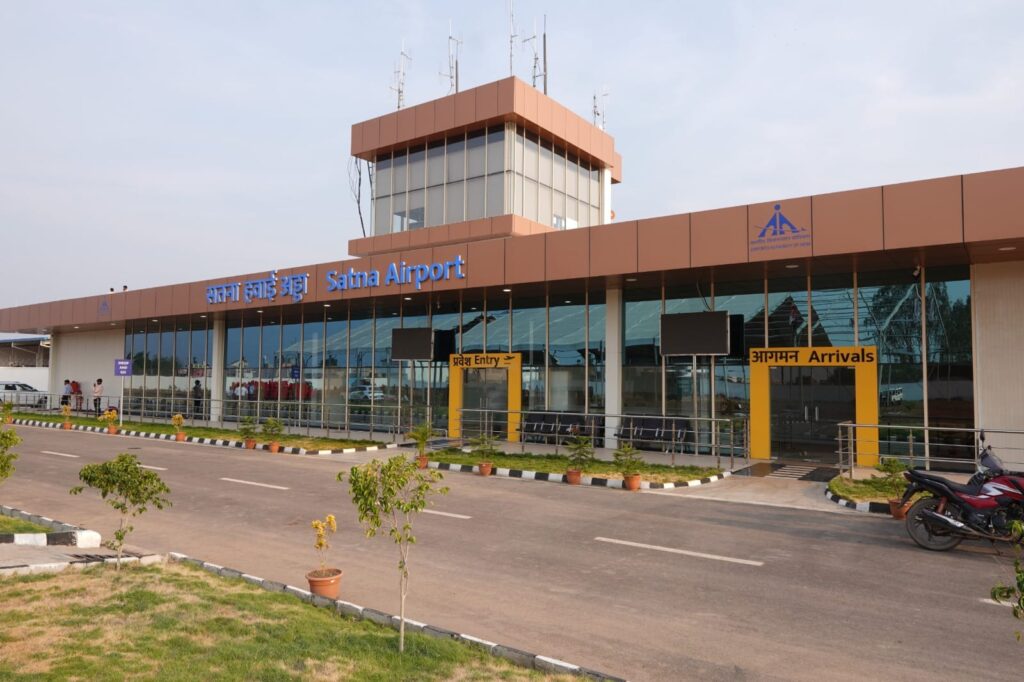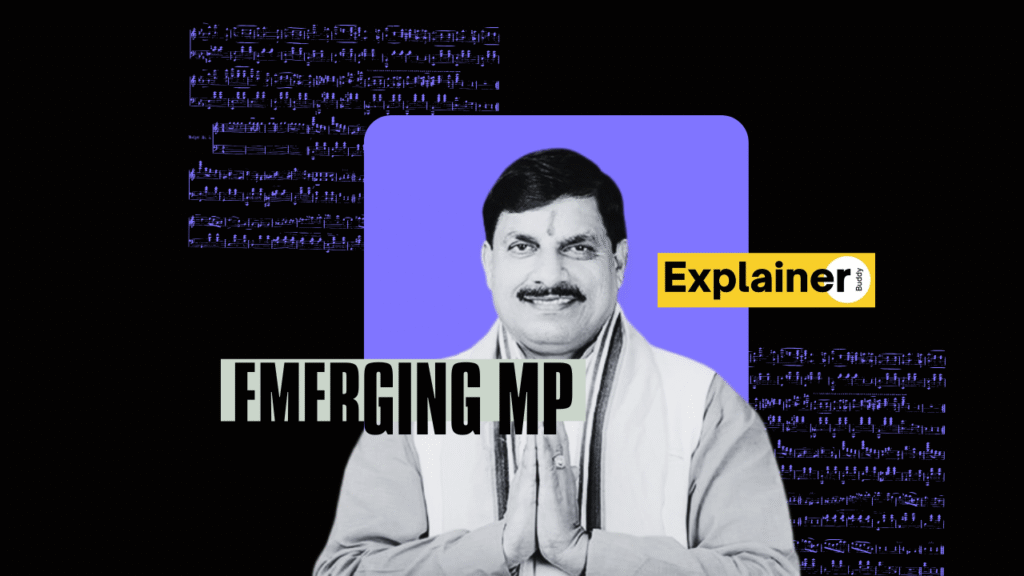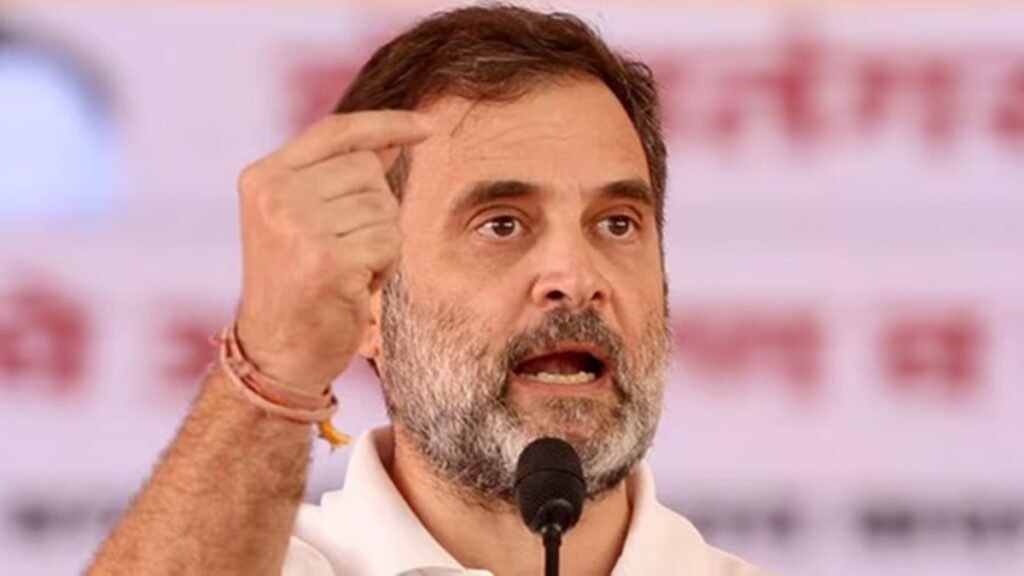Indore Metro, Satna Datia Airports, ₹30.77 Lakh Crore Investment
“Can a single date mark both historical reverence and futuristic ambition?”
On May 31, 2025, Madhya Pradesh did exactly that—celebrating the 300th birth anniversary of the visionary queen Lokmata Ahilyabai Holkar while launching a wave of infrastructure projects that promise to redefine the state’s growth trajectory. Prime Minister Narendra Modi and Chief Minister Mohan Yadav jointly inaugurated the Indore Metro and new regional airports in Satna and Datia, symbolic of India’s push toward balanced regional development.
In parallel, the state locked down a staggering ₹30.77 lakh crore worth of investment proposals during the 2025 Global Investors Summit, propelled by aggressive industrial policies and a massive one-lakh-hectare land bank. This article explores how MP’s infrastructure developments, mobility enhancements, and investor-friendly measures are reshaping its socio-economic fabric in 2025.

The Historic Date of May 31
May 31, 2025, was not just a date on the calendar—it was a carefully chosen tribute to Lokmata Ahilyabai Holkar, the 18th-century Maratha queen of the Malwa region, known for her just rule, philanthropy, and emphasis on infrastructure and temples. A beloved figure, Ahilyabai was symbolic of inclusive governance and spiritual as well as civic development.
By synchronizing the launch of major infrastructure projects with her 300th birth anniversary, the government sent a strong cultural message: that growth and heritage can co-exist. PM Modi, in his speech, acknowledged Ahilyabai as a “beacon of administrative vision,” linking her legacy to today’s ambitious governance model focused on delivery, efficiency, and inclusivity.
The symbolism was powerful. It reminded citizens that nation-building doesn’t just belong to history—it is alive and evolving. And Madhya Pradesh, which once bore the legacy of Ahilyabai’s governance, is now crafting a new legacy—through bullet-speed development.
Transport Revolution: Indore Metro and Airports in Satna & Datia


With the Indore Metro finally operational, Madhya Pradesh takes a definitive step toward smart urban mobility. The metro launched with free services for the first week, and its inaugural ride was dedicated to women, reflecting a focus on gender-sensitive urban transport solutions. The project is expected to reduce traffic congestion, lower pollution levels, and increase productivity in one of India’s fastest-growing tier-2 cities.
Meanwhile, new airports in Satna and Datia have been launched to bring 7.8 lakh people in under-connected areas into the national mobility grid. These developments will directly impact regions like Morena and Shivpuri, opening doors to tourism, trade, and emergency services.
This focus on regional air connectivity fits into the larger UDAN (Ude Desh ka Aam Nagrik) scheme and India’s commitment to tier-2 and tier-3 cities. The long-term vision: a transport network that does not just connect major cities but stitches together the entire subcontinent’s smaller economies into a single growth ecosystem.
MP’s ₹30.77 Lakh Crore Leap with Land Bank Strategy
Perhaps the most astonishing development at the 2025 Global Investors Summit was the announcement that Madhya Pradesh had received ₹30.77 lakh crore worth of investment proposals, setting a new record and signaling its rising profile as a business-friendly state.
Union Minister Shivraj Singh Chouhan, who previously served as MP’s long-term Chief Minister, noted that the state’s one lakh hectare land bank was a critical enabler. This vast reserve of pre-cleared industrial land gives investors quick access to setup-ready zones, especially in sectors like mining, agritech, and renewable energy.
What makes this surge credible is the simultaneous improvement in infrastructure, logistics, and regional connectivity, thanks to the very projects launched this week. It’s a multi-pronged strategy: build the roads and rails, bring in the power and digital infrastructure, and let investors walk in with confidence.
This combination of visionary leadership, administrative readiness, and investor confidence is turning MP from a traditionally agrarian economy into an investment destination with industrial muscle.
In the years to come, this model could serve as a blueprint for other states—where heritage and high-speed development are not seen as opposites, but as complementary forces of progress.





















